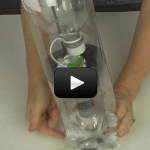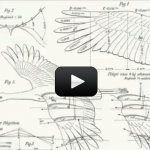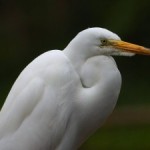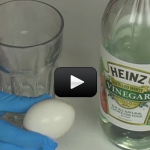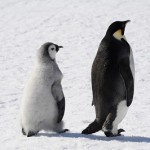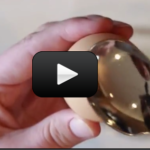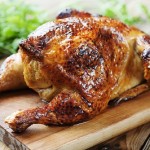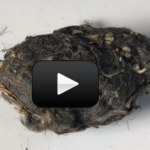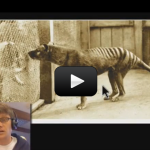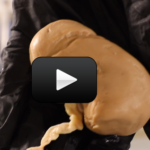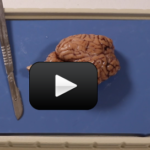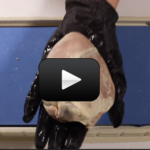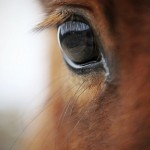Water Cycle Column: Is Rain Pure?
When birds and animals drink from lakes, rivers, and ponds, how pure it is? Are they really getting the water they need, or are they getting something else with the water? This is a great experiment to see how water moves through natural systems. We’ll explore how water and the atmosphere are both polluted and … Continue reading "Water Cycle Column: Is Rain Pure?" |
Using Dolphins to Search for Aliens
Dolphins have complex brains which scientists have discovered are developed enough in certain areas to handle higher-order thinking. Dolphins have shown by their behavior that they know who’s in their group, what status they have, which team they’re on, and each have individual quirks that make it unique from the others. In fact, when a … Continue reading "Using Dolphins to Search for Aliens" |
Why do birds migrate?
Imagine leaving your home every year and traveling hundreds of miles to a completely different place, only to return home later in the year. As amazing as this sounds, this is exactly what many species of birds do in a process called migration. |
Feather Hunt
Having feathers is one of the most distinct features of birds. In fact, birds are the only living group of animals that have feathers. Not all feathers are the same however. Take a walk, find some feathers, and explore what they do! |
Rubber Eggs
If you soak chicken bones in acetic acid (distilled vinegar), you’ll get rubbery bones that are soft and pliable as the vinegar reacts with the calcium in the bones. This happens with older folks when they lose more calcium than they can replace in their bones, and the bones become brittle and easier to break. … Continue reading "Rubber Eggs" |
Emperor and Adelie Penguins
Emperor and Adelie penguins are two species of this flightless bird that live in the Antarctic. Adelies spend most of the year in the water. In October, spring begins in the southern hemisphere, including in the South Pole where Adelies live, and these penguins come onto the land to lay their nests, mate, and raise … Continue reading "Emperor and Adelie Penguins" |
Dissecting a Chicken Egg
The shell of chicken eggs are made mostly of calcium carbonate (CaCO3), which which reacts with distilled white vinegar (try placing a raw egg in a glass of vinegar overnight). The shell has over 15,000 tiny little mores that allows air and moisture to pass through, and a protective outer coating to keep out harmful … Continue reading "Dissecting a Chicken Egg" |
Easy, Non-Gross Chicken Dissection
By completing a dissection, you can see firsthand the anatomy of an animal. Dissecting a roasted chicken (yes, the same kind that you eat) will allow you to investigate the skin, muscle, and bones of this bird. So, if you’re interested in seeing what allows a chicken to run, fly, and survive, go out to … Continue reading "Easy, Non-Gross Chicken Dissection" |
Owl Pellet Dissection
In today’s dissection, we’ll be looking at an owl pellet. Owls are carnivores, and they eat things like moles, shrews, rodents, birds, insects, and even crayfish. Owls are unable to digest the bones and fur of these creatures, so they regurgitate (or spit up) what are called pellets--small bundles of all the indigestible parts of … Continue reading "Owl Pellet Dissection" |
Extinct Tasmanian Tiger
Marsupials are characterized by the presence of a pouch in the female. The pouch contains the mammary glands, which nourish the young. The offspring of marsupials remain in the pouch until they are able to survive on their own. The most well known marsupials are probably kangaroos and koalas, but there are a number of … Continue reading "Extinct Tasmanian Tiger" |
Sheep: Kidney Dissection
Dissection in biology provides a hands-on education above and beyond reading a textbook. By seeing, touching and exploring different organs, muscles and tissues inside an animal and seeing how they work together allows you to really understand your own body and appreciate the amazing world around us. And it's not hard - you can dissect a … Continue reading "Sheep: Kidney Dissection" |
Sheep: Brain Dissection
Dissection in biology provides a hands-on education above and beyond reading a textbook. By seeing, touching and exploring different organs, muscles and tissues inside an animal and seeing how they work together allows you to really understand your own body and appreciate the amazing world around us. And it's not hard - you can dissect a … Continue reading "Sheep: Brain Dissection" |
Sheep: Heart Dissection
Dissection in biology provides a hands-on education above and beyond reading a textbook. By seeing, touching and exploring different organs, muscles and tissues inside an animal and seeing how they work together allows you to really understand your own body and appreciate the amazing world around us. And it's not hard - you can dissect a … Continue reading "Sheep: Heart Dissection" |
Cow Eye Dissection
How does the eye work? If you are amazed as I am about how the different parts of the eye are put together, then this is the lab for you! It's important not only to learn how to take apart video cameras and blenders to find out how they work, but also to be fascinated … Continue reading "Cow Eye Dissection" |

